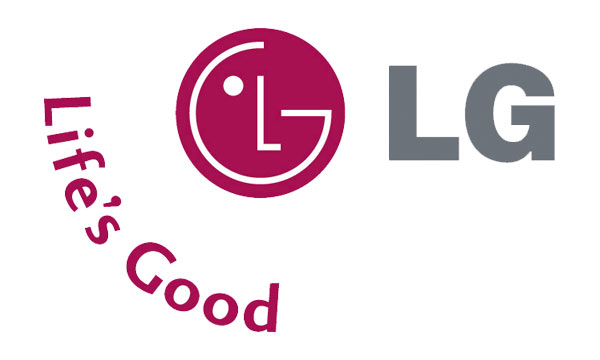.jpg) Google's ad services may take an unusual turn in the future. Recently, a patent was filed by the search giant for a technology called “Ringback Advertising”, in which advertisements can bedelivered during “downtime” to any modern phone system. That could include when a call is on hold, being dialed or other silent times. The reasoning is that when a phone is held against someone's ear, a lot of valuable advertising time is wasted while they listen to hold music or just plain silence.
Google's ad services may take an unusual turn in the future. Recently, a patent was filed by the search giant for a technology called “Ringback Advertising”, in which advertisements can bedelivered during “downtime” to any modern phone system. That could include when a call is on hold, being dialed or other silent times. The reasoning is that when a phone is held against someone's ear, a lot of valuable advertising time is wasted while they listen to hold music or just plain silence.Clearly, Google's patent could take a turn for the surreal. The article brings out numerous potential flaws in the plan. Aside from the annoyance factor, Google could run into problems trying to sell this service. Advertisers may not want to buy up tiny blips of time or may be concerned about competitors stealing their silence. The patent is generous and wide, giving a lot of room to interpret.
It isn't all bad, either. There are areas where such a system could be feasible without aggravating everyone involved. Imagine an advertising-based VoIP service which allows freecalling across the world, at the expense of having to listen to an ad when dialing.


